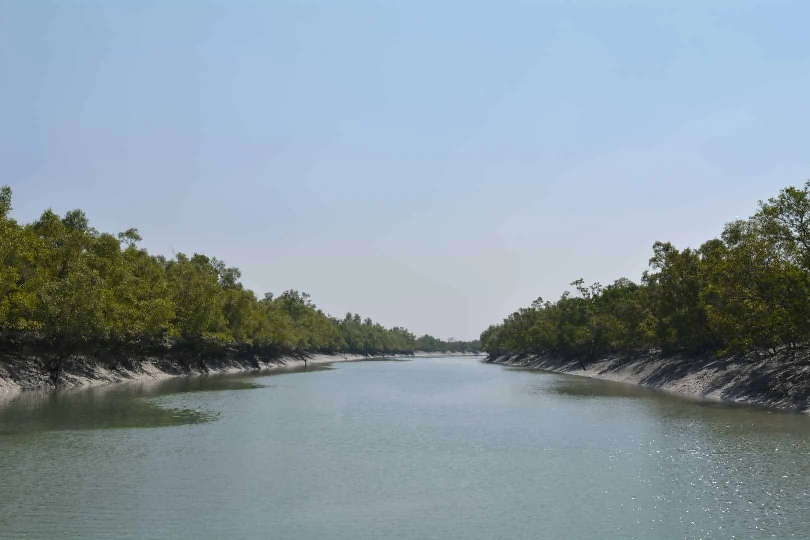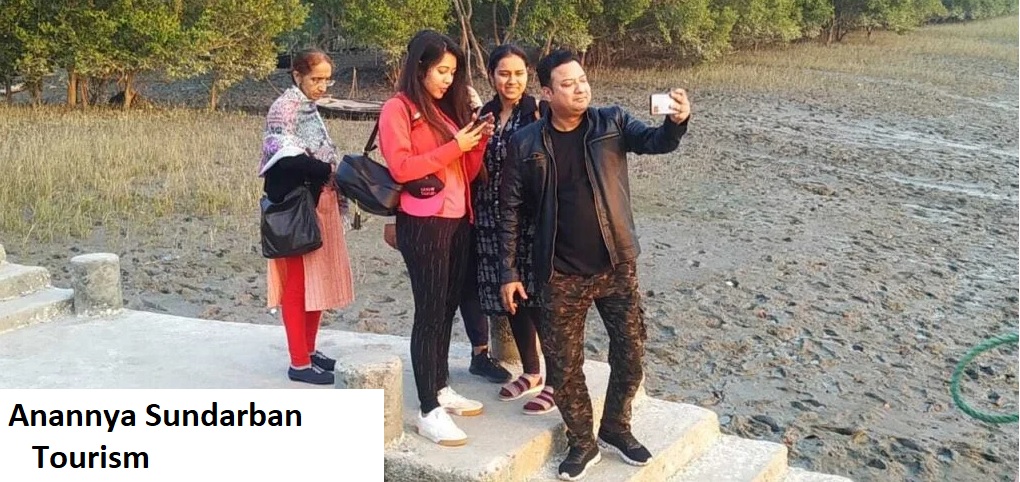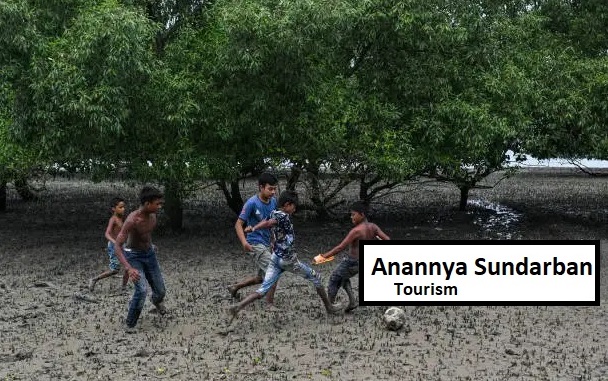Table of Contents
The Sundarbans is not just a destination; it's a living, breathing canvas. For a photographer, it presents a unique challenge and an unparalleled opportunity. The play of light through dense mangrove roots, the stealthy glimpse of a striped predator, and the dramatic flight of a kingfisher—this is a place where every frame tells a story of resilience and wild beauty.
This guide is crafted to help you plan your photographic expedition, ensuring you come back with not just memories, but breathtaking images.
The Sundarban Photographer's Gear Kit: What to Pack
Packing right is half the battle won in the challenging humid and watery environment of the delta.
Essential Camera Equipment:
-
Camera Bodies: Ideally, two camera bodies. One for your telephoto lens and one for a wider lens. This avoids changing lenses in the humid, dusty air near the riverbanks, which can spell disaster for your sensor.
-
Lenses:
-
Telephoto Lens (The King): A 400mm f/2.8 or 100-400mm/150-600mm zoom is absolutely non-negotiable for wildlife. Tigers are often spotted at a distance, and birds are plentiful but skittish.
-
Mid-Range Zoom: A 70-200mm f/2.8 is perfect for larger birds (e.g., eagles, storks), crocodiles basking on banks, and capturing the scale of the landscape from the boat.
-
Wide-Angle Lens: A 16-35mm or 24-70mm is crucial for capturing the vast, dramatic landscapes, the intricate patterns of mangrove roots at low tide, and the stunning sky at sunrise/sunset.
-
-
Tripod/Monopod: A sturdy tripod is essential for sharp sunrise/sunset landscape shots from the boat. A monopod can be very useful for stabilizing heavy telephoto lenses during long hours of wildlife spotting.
-
Filters: A Circular Polarizing Filter (CPL) is invaluable. It cuts glare from the water, deepens the blue of the sky, and enhances the lush green of the mangroves.
Protection and Accessories:
-
Weather-Sealed Gear: If possible, use weather-sealed camera bodies and lenses. The humidity is relentless, and sudden showers are common.
-
Silica Gel Packs: Throw multiple packs into your camera bag to fight moisture.
-
Lens Cleaning Kit: Microfiber cloths, a blower, and lens cleaning fluid will be your best friends. Salt and dust are constant companions.
-
Extra Batteries & Memory Cards: Carry more than you think you'll need. Long days on the boat mean limited charging options, and you'll shoot far more than you anticipate.
-
Dry Bags or Zip-Lock Bags: Essential for protecting your equipment during ferry crossings or if spray kicks up.
Chasing the Light: Best Timings for Photography
The quality of light defines your Sundarbans photographs.
-
The Golden Hours: This is your prime time. Sunrise (6:00 AM - 8:00 AM) and Sunset (4:30 PM - 6:00 PM) in the winter months (Nov-Feb) offer soft, warm, directional light that adds depth and drama to your shots. The low angle creates long shadows and highlights the textures of the forest.
-
Mid-Day Challenges: The light from 10:00 AM to 3:00 PM is harsh and creates strong contrasts. Use this time to scout locations, take documentary shots, or focus on close-up details (like patterns and textures) that aren't as dependent on soft light. It's also a good time to rest and backup your files.
-
Overcast Days: Don't despair! An overcast sky acts as a giant softbox, providing beautifully even light that is perfect for capturing the lush greens of the mangroves and the details of wildlife without harsh shadows.
The Photographer's Itinerary: Key Locations & Subjects
Structure your tour around these iconic spots and subjects.
1. Wildlife & Bird Hides (Watchtowers):
These are your strategic vantage points.
-
Sudhanyakhali Watchtower (Indian Side): Perhaps the most famous spot for tiger sightings. Set up your telephoto and be patient. Focus on the water holes and the mudflats in front of the tower. Also great for spotted deer and monitor lizards.
-
Sajnekhali Watchtower (Indian Side): Offers a higher perspective. Good for wider shots of birds in flight and the surrounding forest. The nearby museum area can attract smaller birds.
-
Dobanki Camp (Indian Side): Features a unique canopy walkway through the forest, offering eye-level shots of the mangrove canopy and the chance to photograph birds and insects.
-
Bonnie Camp & Netidhopani (Indian Side): More remote, offering a sense of untouched wilderness. The ruins at Netidhopani add a historical, mysterious element to your frames.
2. From the Deck of Your Boat:
Your boat is your mobile blind.
-
River Dolphins: Keep your 70-200mm ready for the sudden breach of a Ganges River Dolphin. Pre-focus on the water and shoot in bursts.
-
Crocodiles: Scan the muddy banks meticulously. A large estuarine crocodile basking in the sun makes for a powerful image. Use a telephoto lens for safety and compression.
-
Birdlife on Branches: The banks are lined with kingfishers, eagles, brahminy kites, and storks perched on naked mangrove branches. A 400mm lens is perfect for these portrait shots.
-
Life on the River: Capture the human element—fishermen casting their nets, colorful boats (called launch or bhotbhoti), and daily life along the river. A 24-70mm is ideal here.
3. The Magic of the Mangroves:
Don't just focus on the megafauna. The real character of Sundarbans is in its details.
-
Aerial Roots: Get low and use a wide-angle or macro lens to capture the fascinating patterns of the pneumatophores (breathing roots of the Sundari tree) at low tide.
-
Textures and Patterns: The bark of trees, the mudflats cracked by the sun, and the dense, tangled network of roots and branches.
-
The Play of Light: During the golden hour, backlighting through the leaves and roots can create stunning, ethereal images.
Pro Tips for the Sundarban Photographer
-
Shoot in RAW: The dynamic range of the forest and water can be challenging. RAW files give you maximum flexibility in post-processing to recover shadows and highlights.
-
Patience is Your Greatest Lens: Wildlife photography is 90% waiting. Stay alert, scan continuously, and be ready for that split-second opportunity.
-
Respect the Wild: Always maintain a safe distance. Your safety and the animal's welfare are more important than any shot. Never ask your guide to go closer to a tiger or crocodile for a photo.
-
Tell a Story: Don't just take isolated wildlife shots. Capture the landscape, the people, the details, and the atmosphere. Together, they tell the complete story of the Sundarbans.
-
Hire a Knowledgeable Guide: A good guide is worth their weight in gold. They can read the forest, understand animal behavior, and position the boat for the best light and angles.
The Sundarbans will test your patience and your skills, but it will reward you with images that are raw, powerful, and utterly unique. It’s a pilgrimage every serious nature photographer must make.
Now, pack your bags, charge your batteries, and get ready to frame the wild. What's the one shot you're most hoping to capture in the Sundarbans? Share your dreams in the comments below!







.gif)
.gif)

No comments yet
Be the first to share your thoughts!